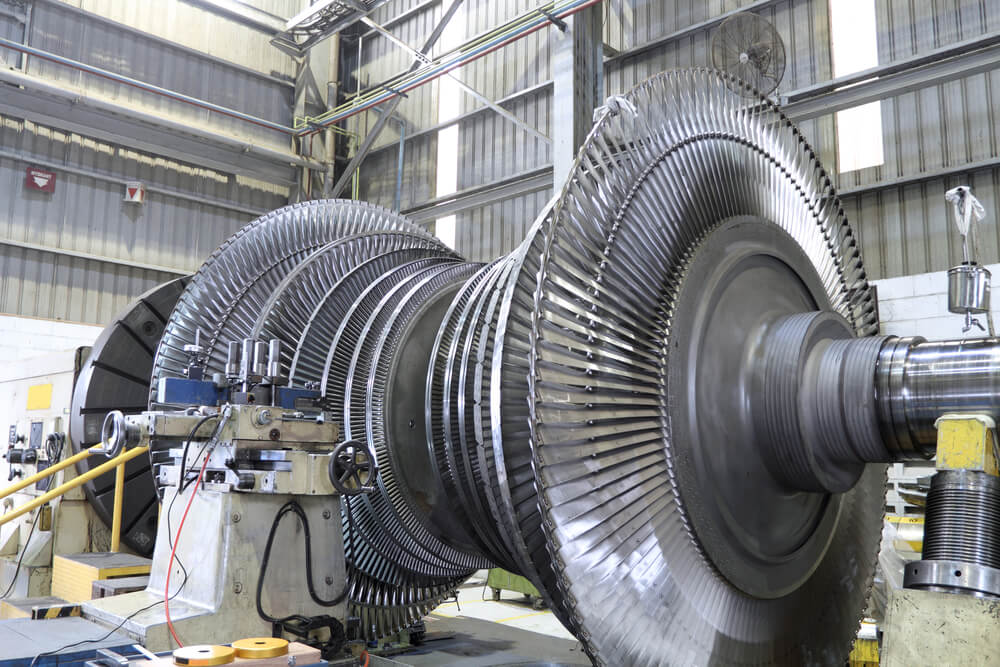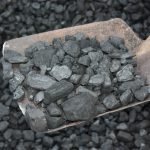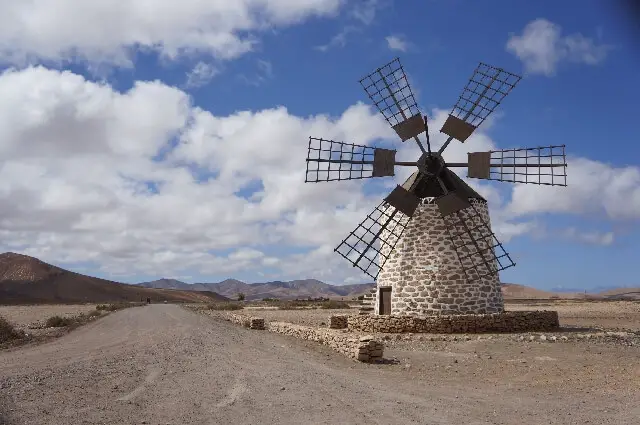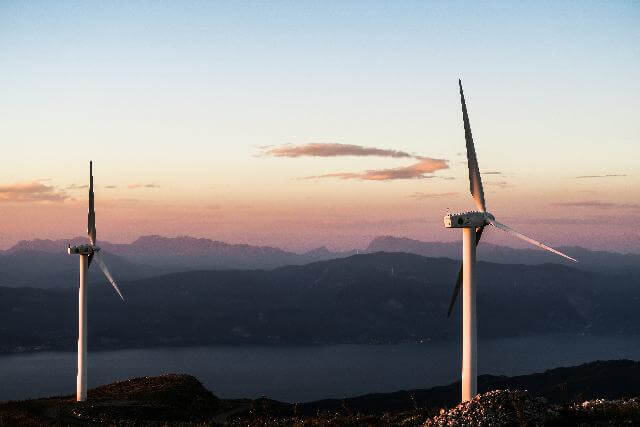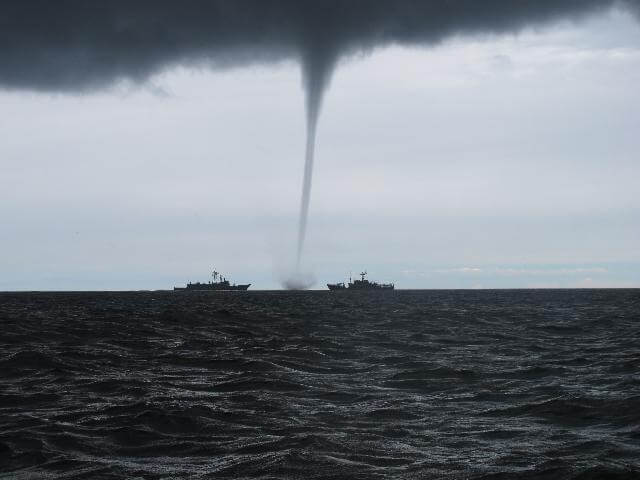As renewable energy sources are increasing in popularity, one question that is commonly asked is whether or not the material for generating the energy is recyclable.
The whole point of using a renewable energy source is to improve the state of the environment, and it is important for all aspects to work toward the same goal.
Wind turbines are very large and are a huge concern when it comes to waste.
It is said that the blade of wind turbines can be even longer than the wing of a Boeing 747 airplane. That is a lot of material that will go to waste after the life of a wind turbine is finished.
Currently, the blade of a wind turbine is not able to be recycled.
They are sent to landfills when they reach the end of their life expectancy.
However, there is research being conducted to create a turbine blade that is not only recyclable, but also cheaper.
Is Wind Turbine Blades Disposable?
While the majority of a wind turbine has the ability to be recycled, the blades aren’t as lucky.
Over the next 20 years, it is predicted that the United States will have at least 720,000 tons of blades that are disposed of.
This number doesn’t even include new versions that have the potential of being larger.
Unfortunately, there aren’t many options available for disposing of the blade of a wind turbine.
The options that do exist have the potential to be expensive due to the wind industry still being so new.
The disposal of wind turbine blades is the exact opposite of what we are hoping for the wind turbines to do.
They are supposed to have less of an impact on the environment, not more of an impact. When parts are just sitting in landfills, that’s not doing much good for the environment.
The blade of a wind turbine is made from a mixture of fiberglass and resin, which is similar to the makeup of spaceship parts.
The material has absolutely no value, so they can’t be resold. The turbine blades are really hard to transport from one location to another.
The length can range from 100 to 300 feet.
This means that in order to transport the blade of a wind turbine, it has to be cut before it can be transported.
Cutting up the blades makes it easier for landfills to handle several of them at one time.
Can Old Blades Be Reused?
It is common to wonder whether or not old blades can be repurposed and used again on another turbine.
The unfortunate answer is that blades can’t be reused on another turbine. This is due to the materials they are made of.
When they wear down from use, it is not easy to make them work like new again.
This is why blades are sawed into different pieces and transported to landfills.
For a long time, this was the only option available. This is incredibly inefficient and not good for the environment.
Luckily, there are people working toward a solution for this problem.
There are also some companies researching how they can use old blades for creating artificial reefs for the ocean or noise barriers on highways.
They have also considered trying to cut up more durable parts of the blade to make affordable housing with the ability to hold strong against strong winds and pressure.
Wind Turbine Blades Recyclable Solution
In other countries that already use wind power and have for decades, there is more of an opportunity to recycle the blades of a wind turbine.
Recycling is generally more regulated in these areas, mainly Europe.
This means Europeans have to figure out how they can dispose of their blades without dumping them into a landfill.
A researcher and chief technology officer of a fiberglass company in Europe, Karl Englund, has found a better way to dispose of turbine blades that might be better for the environment than having them sit and do nothing.
Englund has found an efficient way to grind up the wind turbine blades into small pellets about the size of a chocolate chip.
These pieces can then be used for different things like decking materials. He has opened his first facility in Texas to implement the process.
New Turbine Blades
In recent years, researchers have been working to develop a wind turbine blade that costs less to make and is recyclable.
These new blades could quickly increase the growth of onshore and offshore wind farms.
This innovative design can also make transportation of the blades easier, as they will only be as long as 262 feet. This is just about the length of a football field.
This design is still under the testing process and can take years of further research before it is released.
GE Recycle Program
GE Renewable Energy has recently announced that they are rolling out a recycling program for old wind turbine blades in the US.
The blades that they collect from turbines are going to be shredded and used in place of other materials used in cement manufacturing.
This is similar to the process explained above that was found by Englund.
With this process, the blades of a wind turbine will be completely recyclable.
This will reduce carbon dioxide emitted during the production of cement by about 27%.
This makes the reprocessed blade have a net-positive impact on the environment.
Summary
The purpose of wind energy is to help our environment.
However, wind turbine blades mostly just end up sitting in a landfill and not helping the environment when their life is finished.
Since turbine blades are made out of a tricky material, it makes it difficult to recycle.
Luckily, there are several researchers that are working to reduce the impact that old wind turbine blades have on the environment.
They are considering ways to break down the blades and repurpose them.
There is also research on how to create a blade out of recyclable materials that will also be cheaper.
This will still take extensive research, but it is great to know there is something in the works.
